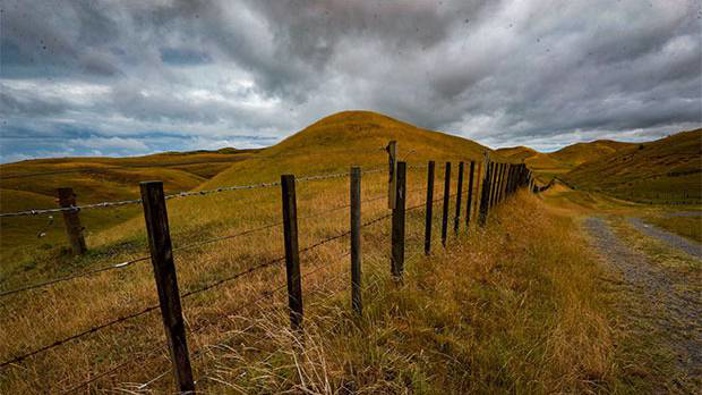The Government has announced a raft of fresh reforms to one of New Zealand's key policy levers to fight climate change.
Changes to the Emissions Trading Scheme (ETS) will set a new cap of 160 million tonnes of CO2-equivalent greenhouse gases over 2021 to 2025, along with a provisional emission budget for the same period of 354 million tonnes.
The ETS works by requiring companies in the scheme to match each unit of emissions they report with an allowance, or credits, they must pay to the Government.
People who plant forests, meanwhile, can report the carbon dioxide they take out of the air and claim credits, which they can sell, thus creating a trading market and an incentive to lower emissions.
Other changes announced today include price controls that will act as a backstop when auctioning is introduced, designed to stop prices going too low or too high.
The Government will also extend participants' access to the fixed price option – which acts as the scheme's de-facto price ceiling – to cover 2020 emissions.
At the same time, however, the Government has opted to push back implementing major forestry policies to 2023, along with delaying bringing in penalties for smaller foresters.
The changes – included in the Emissions Trading Reform Bill, which will have its second reading in Parliament today – follow a series of tweaks to the ETS, such as the inclusion of permanent forests in the scheme.
Over recent times, the ETS was widely criticised for reforms that allowed users to import so-called "hot air" credits of dubious integrity – something which coincided with a resumption of deforestation – before overseas credits were eventually banned.
/cloudfront-ap-southeast-2.images.arcpublishing.com/nzme/SEQSTPHRI5GFXIXN3C5OY4VU74.jpg)
Climate Change Minister James Shaw said the announced reforms would give businesses and foresters the certainty they'd been asking for.
He said rules set by previous governments had left the scheme too weak to have any real impact on reducing our emissions.
"A good example is the fact that until now the ETS has been a cap and trade scheme without a cap, meaning the emissions permitted under the scheme were, in effect, unlimited," he said.
"I am pleased to say we are finally changing that."
Shaw said an ideal scheme allowed a wide range between the floor and ceiling prices, to allow for market movement.
"And of course, we haven't had that in New Zealand because the price was so low that the cap effectively acted as the price.
"As a complete package, these reforms take a big step towards a safer future. New Zealanders now know what our emissions limit is for the first half of this decade, and the contribution the ETS will make towards keeping us below that level."
Meanwhile, Shaw has asked the recently-formed Climate Change Commission to provide advice on whether the commitments New Zealand made under the Paris Agreement are ambitious enough to meet the UN's aspirational target of limiting warming to 1.5C above pre-industrial levels.
Those pledged to slash New Zealand's emissions by 30 per cent below 2005 levels, and 11 per cent below 1990 levels, by 2030.
Shaw said he was critical of the pledges when they were being developed by the previous National-led government in 2015, considering them too weak, so wanted a fresh look.
"It's just an acknowledgement that the science has moved on – and maybe a new number will be required, or maybe not… but you just want the expert group to determine that."
He's also asked the commission for advice on biogenic methane emissions – which largely stem from livestock and make up a third of New Zealand emissions – and by how much these might have to be reduced to meet the country's commitments.
Shaw said he wanted a much more specific number than a reduction range of 24 to 47 per cent, below 2017 levels by 2050, which had been struck in creating the Zero Carbon Act.
The Government was developing an on-farm emissions pricing system for agriculture outside of the ETS, but if that failed, the sector would be brought into the scheme, Shaw said.
Greenpeace's executive director, Russel Norman, argued that keeping agriculture out of the ETS was an oversight and set the scheme up to fail.
"As we look to the post-Covid future and the Government makes decisions that will shape our society for generations to come, we have the opportunity to shift our agriculture sector to low-emission regenerative farming," he said.
"Putting agriculture into the ETS needs to happen alongside that if we want to take real climate action."
Take your Radio, Podcasts and Music with you










